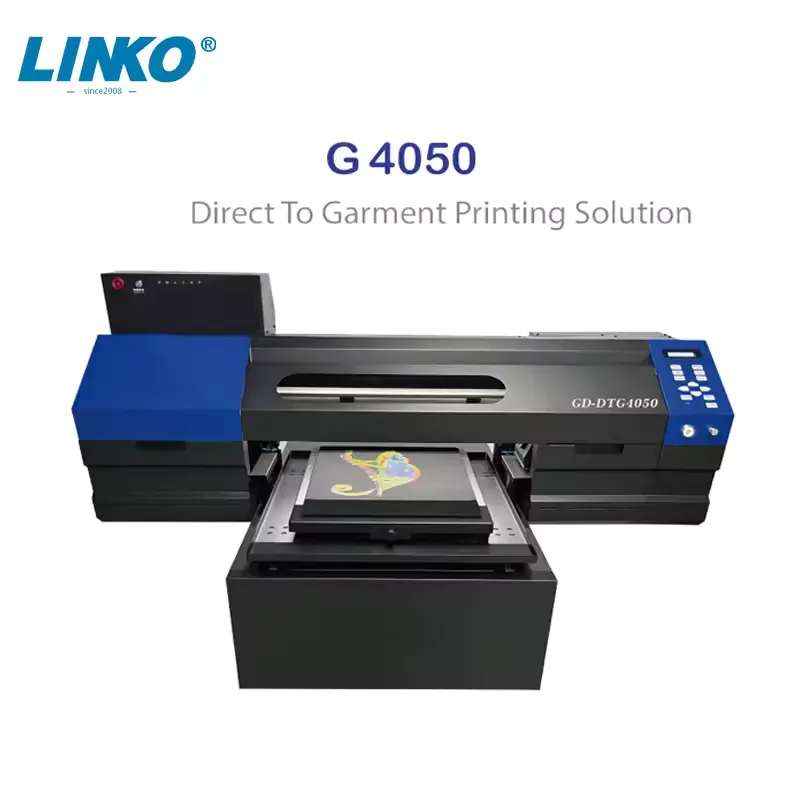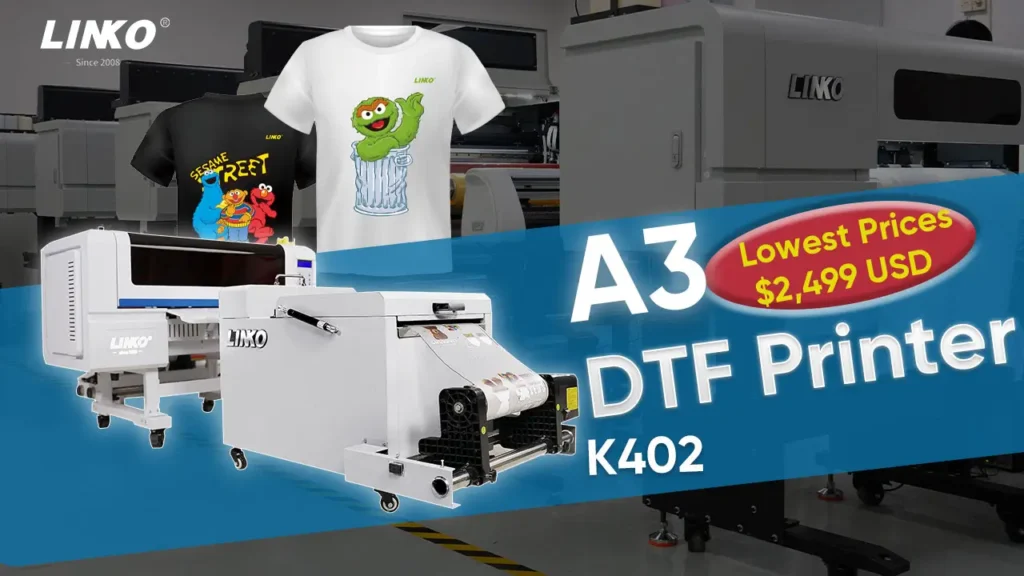Introduction
For any burgeoning t-shirt business, choosing the right technology to bring your creative ideas to life is crucial. With the myriad of printing options available, understanding the differences between them is key. This article dives into a comprehensive comparison of Direct to Garment (DTG) and Direct to Film (DTF) printing methods to help you make an informed decision.
Summary
In the t-shirt printing world, DTG and DTF are two popular methods. While DTG excels in high-detail, smaller print jobs, DTF shines in high-volume production. This article explores these two technologies, their benefits, maintenance requirements, and the best business applications for each.
Direct to Garment: Tackling Complex Designs with Ease
As implied by its name, Direct to Garment (DTG) printing involves applying the design directly onto the textile. Unlike other methods that use transfer papers or films, DTG simplifies the process significantly.
DTG printing is optimal for 100% cotton shirts and materials. Pre-treatment is essential for the inks to adhere properly, and there are multiple options for this. Some suppliers offer pre-treated garments, while businesses can also invest in pre-treatment machines to handle this step independently.
A key aspect of DTG printing is its suitability for smaller print jobs. This process prints one shirt at a time, meaning the customization time accumulates with each shirt. Despite the time investment, DTG provides exceptional color vibrancy and detail. Businesses that thrive on custom orders, retail storefronts, or small online shops will find DTG printing highly effective, especially for print runs under 100 garments.
Another notable distinction between DTG and DTF is the maintenance routine. Daily maintenance for a DTG printer includes cleaning the heads and shaking the ink. Although there are weekly and monthly tasks, the daily upkeep is relatively minimal, making it a convenient option for businesses. DTG printing offers quality prints with vivid detail and color vibrancy, making it a critical consideration in your DTG vs. DTF business comparison.
Direct to Film: High Performance for High Expectations

While DTG excels in smaller print jobs, Direct to Film (DTF) printing is ideal for creating numerous transfers simultaneously. Since DTF prints on film, it is not limited to the size of a single t-shirt. High-production DTF printers handle all steps of the transfer process, including printing, powder application, and curing the transfer. The inclusion of powder in the DTF process eliminates the need for pre-treatment.
Focusing on production speed, DTF outpaces DTG for larger-scale jobs. Many DTF printers operate roll-to-roll, providing ample space for multiple orders simultaneously. Additionally, DTF printers boast impressive print speeds, saving significant time compared to DTG. These features make DTF printers suitable for high-production environments, where businesses can print hundreds of transfers daily.
After printing, the focus shifts to applying the transfers onto shirts. DTF printers are best suited for businesses ready to push production limits. Proper maintenance is critical to keeping a DTF printer in good condition. This includes cycling the ink to prevent clogging and reclaiming DTF powder. Maintenance is more intensive for DTF than DTG, as downtime significantly impacts productivity and profitability. For businesses aiming to handle large transfer orders, DTF is the superior choice.
DTG vs. DTF Business Comparison: Making the Right Decision
Both DTG and DTF printers can enhance a business with the right strategy, but which one is best for you? Highlighting scenarios of success will guide you toward the ideal printer for your needs.
Consider a DTG Printer if your business:
- Prints custom t-shirts to order.
- Requires the highest quality detail in designs.
- Seeks vibrant prints with long lifespans on cotton t-shirts.
- Manages print jobs under 100 garments.
Consider a DTF Printer if your business:
- Produces transfers.
- Needs flexibility in print job sizes.
- Desires vibrant prints with excellent stretchability.
- Requires transfers suitable for almost any fabric type.
- Handles print jobs over 100 garments.
Conclusion
Understanding the differences between DTG and DTF printing is vital for business growth. Recognizing the right machine for your business can turn aspirations into reality. With decades of experience, Us offers support and training to provide you with the tools necessary for success.
Explore both technologies further to ensure you make the best choice for your business, and watch your t-shirt printing enterprise thrive.
